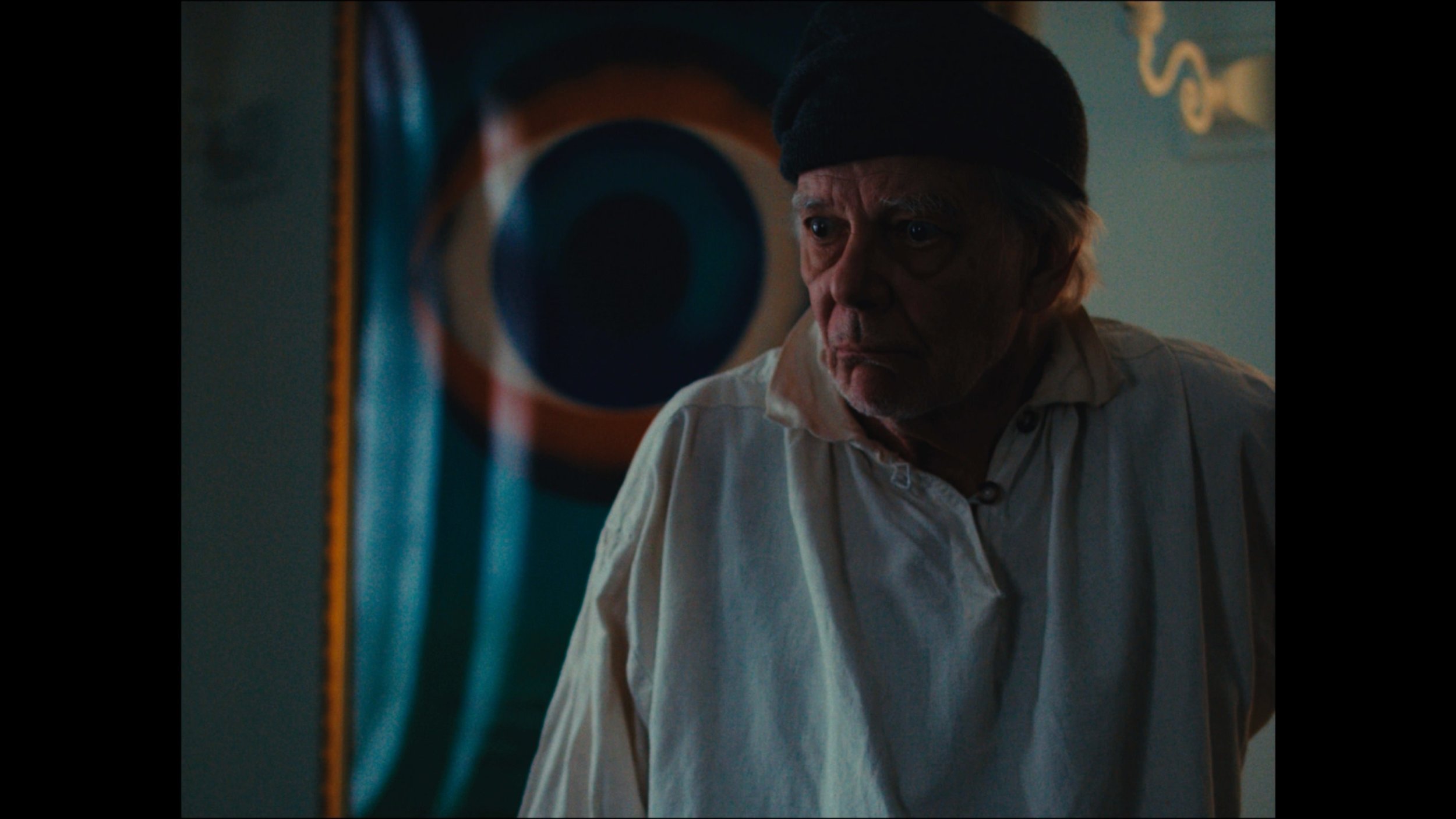Short Film
The revenge of the ordinary things
The Revenge of The Ordinary Things
Frames from "The Revenge of The Ordinary Things"
Project Overview: "The Revenge of The Ordinary Things" featuring Richard Eagan is a short film written and directed by Todd I. Gordon, and produced by Frauhaus Pictures NYC and Samba Film Works.
I had the privilege of serving as the Director of Photography for this project. Working on "The Revenge of The Ordinary Things" was a rewarding experience that allowed me to explore various techniques to visually bring the story to life. I'm proud of the collaborative effort and the results we achieved.
Visual Breakdown for "The Revenge of The Ordinary Things":
The script explores themes of isolation, aging, and the haunting presence of memories and relationships. It conveys a feeling of being in the underworld, a coffin without warmth or signs of life. We used predominantly soft and cool-toned lighting to create a somber and muted atmosphere. Soft blues and grays contribute to a sense of detachment and convey a quiet, introspective mood.
In the bathroom scene, we used warm light to create a stark contrast with the bedroom. The warm lighting in the bathroom symbolizes the vibrancy of life and self-awareness as the character sees himself in the mirror as a living person. This contrasts with the cooler, dimmer light in the bedroom, symbolizing a space where we see only his physical presence, reflecting his almost dead soul.
Since this film features a single actor in a house having conversations with everyday objects, we wanted to differentiate between the two worlds: the old man's dreadful, stuck life, and the animated, lively world of the objects. This provided an opportunity to add dynamism and visually distinguish the two realms. We used a macro probe lens and introduced movement to the objects' world to create a vibrant contrast with the old man's static existence. These moving extreme macro shots of the speaking objects depicted a different, more exaggerated, and lively world, especially during their conversations. This approach enhanced the visual storytelling and added a dynamic layer to the film.
Deliberate and slow camera movements mirrored the Old Man's contemplative state. Smooth tracking shots and gentle pans evoked a sense of drifting, contributing to the dreamy and otherworldly atmosphere of the narrative. Using very slow pans, particularly when he goes to the bathroom, framing him almost out of the frame, creates a feeling of confinement, reminiscent of pushing the lid of a coffin or the walls of a grave. Instead of moving the camera with him, we made it seem like he was forcing the camera to move by moving outside the frame. This framing served as a symbolic representation of life itself.
Additionally, we used a 4:3 aspect ratio to reinforce the sense of confinement. This choice visually expressed the feeling of the character being boxed in, enhancing the theme of being trapped within his world. The restricted frame added to the claustrophobic atmosphere, making the audience feel the protagonist's limitations and isolation.
In the opening shot, the initial darkness gradually gave way to light as our eyes adjusted, symbolizing descending into the underground, into his world.
For the ending shot, we started from a low angle at his feet and raised the camera high toward the ceiling to symbolize our departure from this soul's world, moving above ground, serving as a symbolic conclusion to his narrative of misery.

















